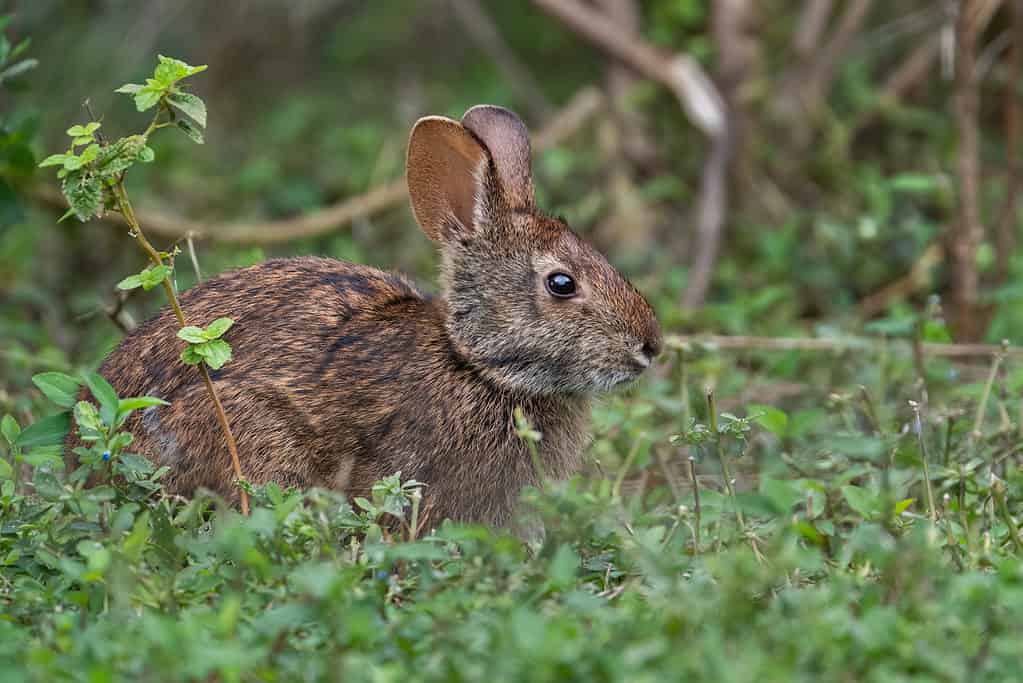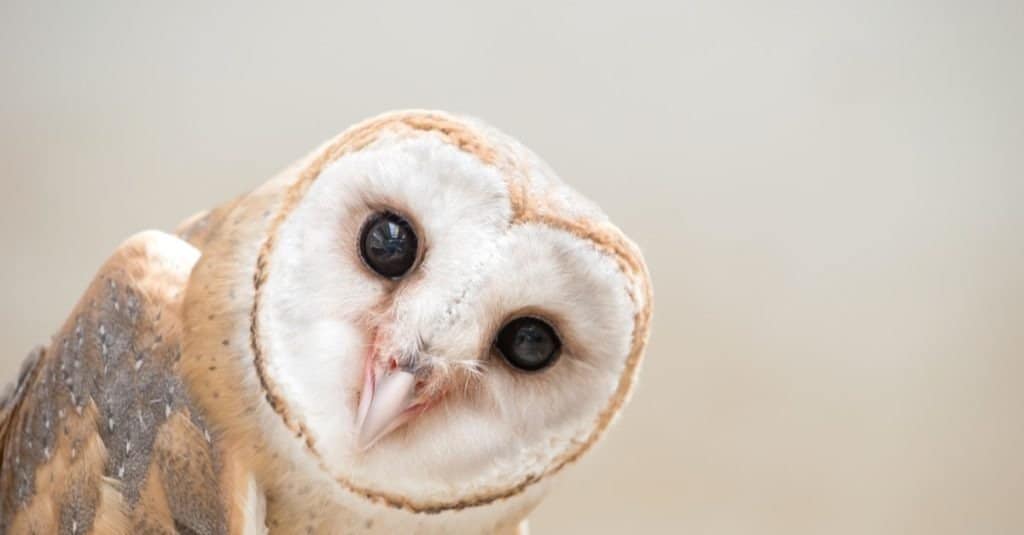Landfills manage and dispose of waste. In the United States, there are over 2,250 landfills. The largest in the United States is the Apex Regional Landfill located near Las Vegas, Nevada. This landfill covers 2,200 acres. Although the largest landfill in Florida isn’t as big as the one in Nevada, it’s still impressive.
Follow along to discover the largest landfill in the state and the potential risks it poses.
The Largest Landfill in Florida
The largest landfill in Florida is the Okeechobee Landfill. The facility is on 4,100 acres but uses 969 acres for waste. This landfill served the greater south/central Florida area. About 1 million tons of waste is processed every year. This facility opened in 1992 and has about 150 years remaining. The Okeechobee Landfill is located in the city of Okeechobee, Florida, near Lake Okeechobee. It’s owned and operated by Okeechobee Landfill, Inc.

In the United States, there are over 2,250 landfills.
©Sakura Image Inc/Shutterstock.com
How Many Landfills Are in Florida?
Currently in Florida, there are about 75 landfills. Twenty of them are operational projects. One of the oldest landfills in the state is the 58th Street Landfill in Miami, which opened in 1952. The landfill closed in 1985. In 1983, this facility was placed on the National Priorities List (NPL) of contaminated sites because of contaminated groundwater. However, this no longer poses a threat.
Although not as large as the largest landfill in Florida, the Monarch Hill Renewable Energy Park, also known as Mount Trashmore, is very popular. It opened in 1965 as the North Broward County Resource Recovery and Central Disposal Sanitary Landfill. The Rock of Ages filmed a scene on Mount Trashmore. Residents living around Mount Trashmore have frequently complained about the smell for years.
What Risks Does this Landfill Present to Florida?
Landfills are common throughout the United States, and they are only continuing to grow as plastic consumption increases. Although the landfill has operated with minimal to no complaints, there are always risks when managing a landfill.
For one, when they aren’t managed right, the smell can feel unbearable. Imagine living near an unmanaged landfill. Apart from the smell, landfills also produce gas which can cause problems. The gasses include ammonia, sulfides, carbon dioxide, and methane.
Another common problem with landfills is the potential contamination of groundwater. This is especially problematic for communities that get their water from wells. Contaminated water, also known as leachate developed when water from rainfall or snow falls onto waste. This runoff seeps into the ground if there isn’t a liner in place.

Landfills post problems, including leaking contaminated water.
©leshiy985/Shutterstock.com
What Wildlife (or People) Live Near this Landfill?
The largest landfill in Florida is in the town of Okeechobee. This city was established in 1917. Its surface area is about 4.12 square miles. The population of Okeechobee is about 5,500. The median household income in this city is $47,020. Apart from people, animals also live near this landfill. Follow along to discover some animals you may encounter on your next visit to Okeechobee.
Cane Toad
The first animal you may encounter while visiting Okeechobee is the cane toad. This toad is common throughout Florida. It lives in urban and rural places. Cane toads live near bodies of water. They are more active and common in backyards with ponds or flooding. Although found in Florida, cane toads are native to South and Central America. These large frogs were introduced to the United States in the 1930s. However, the initial releases were failures. Even with these failures, cane toads thrive in Florida and have a stable population. Cane toads have heavy diets. They consume small rodents, reptiles, insects, plants, and even bats.

Cane toads are invasive in Florida.
©Peter Yeeles/Shutterstock.com
Marsh Rabbit
Another common animal near the largest landfill in Florida is the marsh rabbit. Marsh rabbits are found throughout the eastern southern United States. They are common in Florida and Alabama. Currently, there are three recognized marsh rabbit subspecies. The most common one in Okeechobee is the Florida marsh rabbit, which is slightly smaller than the others. Florida marsh rabbits have short brown-red tails and small ears. These rabbits are easy to spot, but they run and hide from humans. You can find these rabbits near brackish and freshwater marshes. For protection, they hide in tall vegetation like cattails.

Marsh rabbits are common in Florida and Alabama.
©iStock.com/MattCuda
Bobcat
While bobcats stay hidden from humans you may still spot one while visiting Okeechobee. In Florida, there are about 300 000 bobcats in the wild. Bobcats are medium-sized North American cats with a wide range. They are shy and mainly hunt at night. Although you may spot a bobcat in a residential area, they mainly live in deciduous, coniferous, or mixed woodlands. Bobcats are also territorial. While they have a main den, they typically make multiple dens in the same territory. To mark their territory they use urine and feces. Bobcats are independent animals, however, their territories sometimes overlap. Mother bobcats are also affectionate. Some young bobcats stay with their mothers for up to a year.

Bobcats are shy animals that stay away from humans.
©Don Mammoser/Shutterstock.com
Barn Owl
Barn owls also live throughout Florida. These owls are found all over the world. However, they aren’t recorded in some Pacific Islands and Asia north of the Himalayas. Barn owls live on every continent except Antarctica. Barn owls have long wings and a squarish tail. They are best known for their wide faces and brown, grey, and white feathers. Barn owls have a few distinct calls, however, they don’t hoot like other owl species. Instead, they shriek, purr, and hiss. These lovely owls spot their prey from above and dive quickly to hunt. They mainly eat rodents and small mammals. However, they also consume fish, insects, and birds.

Barn owls live on every continent except Antarctica.
©Anan Kaewkhammul/Shutterstock.com
The photo featured at the top of this post is © Sakura Image Inc/Shutterstock.com
Thank you for reading! Have some feedback for us? Contact the AZ Animals editorial team.






